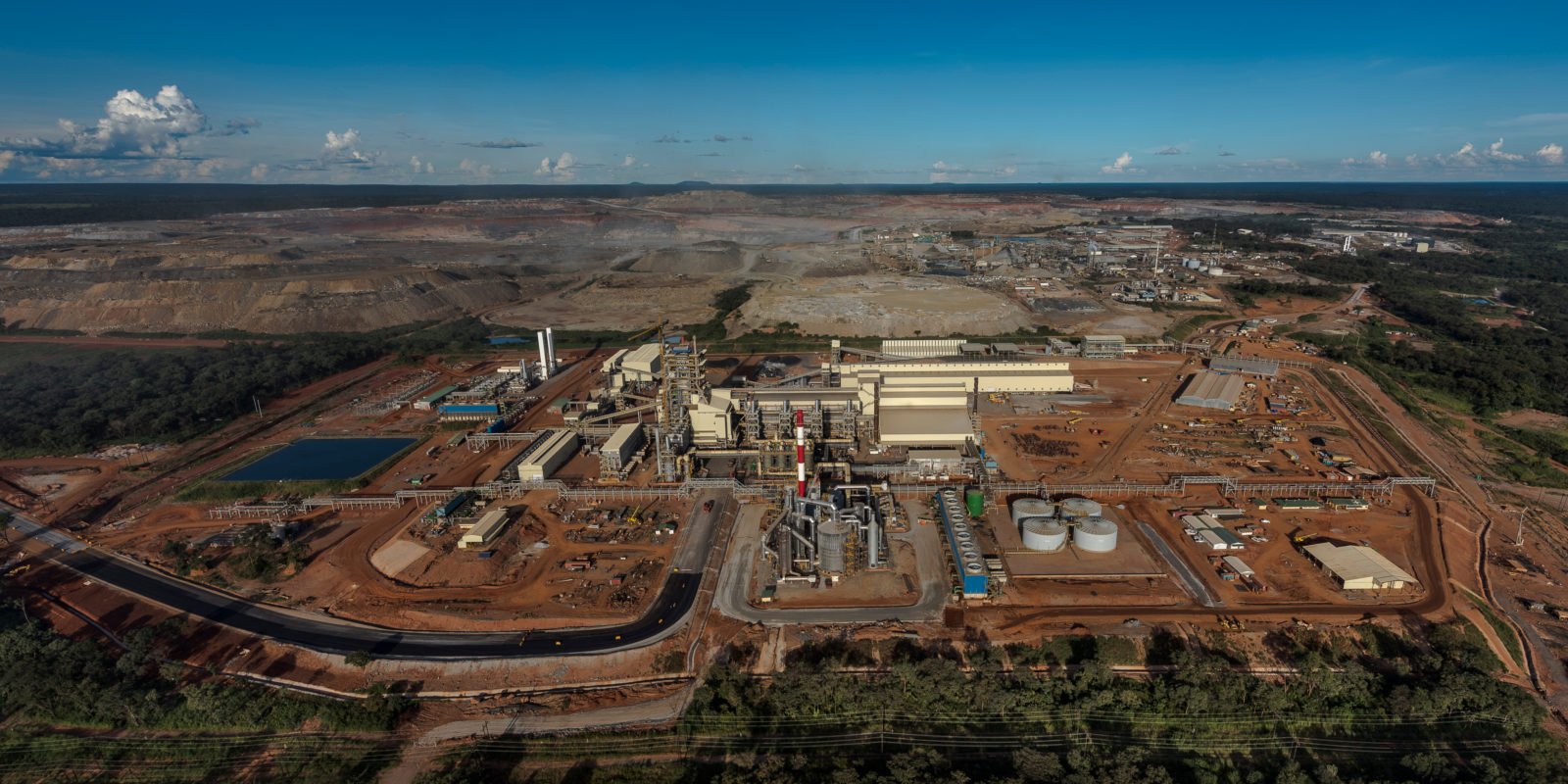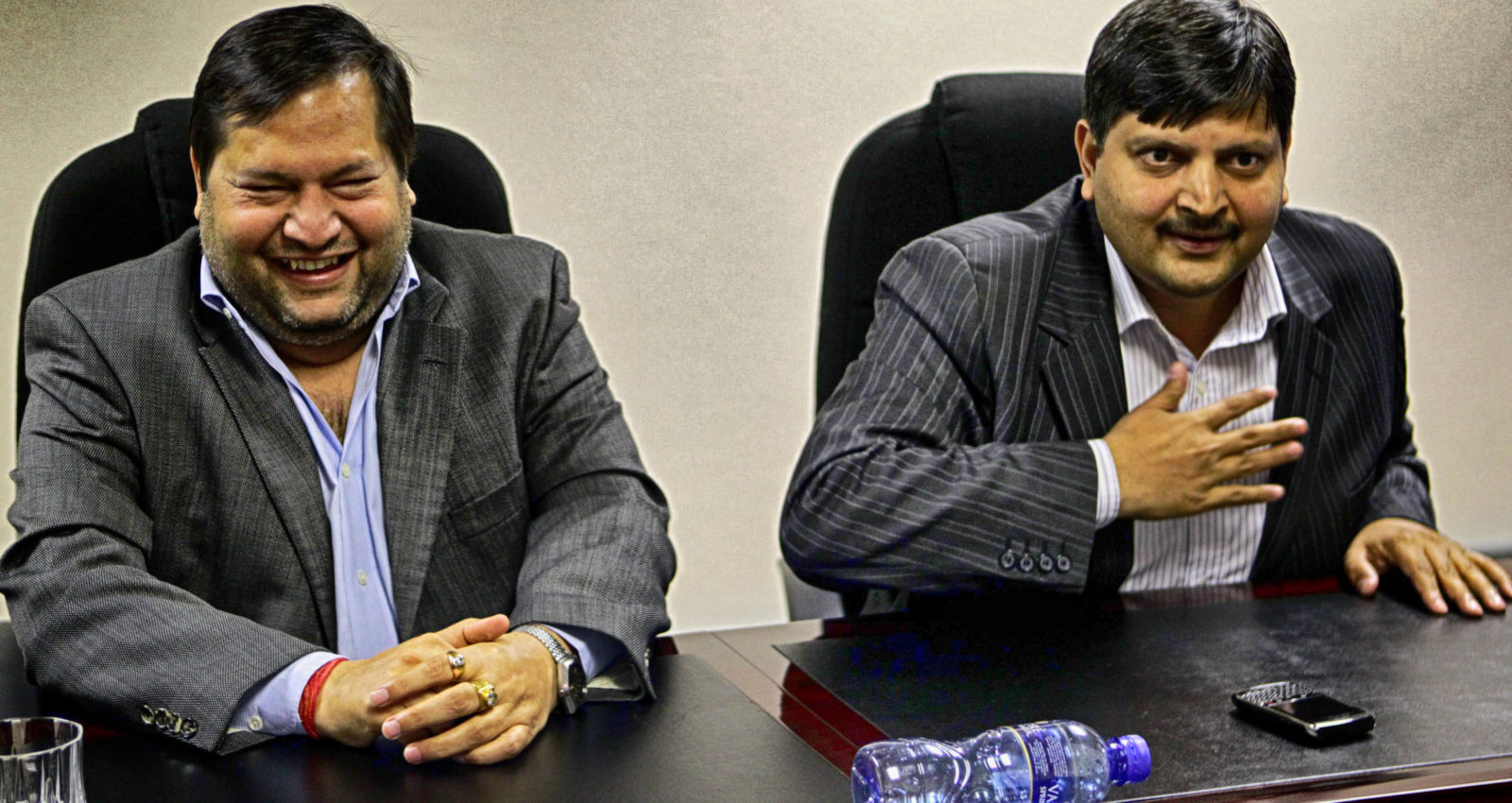News
Avoiding debt default and turning Zambia around — at the same time
Like Zimbabwe, Zambia desperately needs foreign capital to invest given the low rates of local savings. But its highly indebted status makes this more difficult, as do concerns about its governance and spending patterns.

Zambia is skirting the edge of financial default. If I held the country’s paper, I would be nervous.
Zambia’s external debt had been reduced to under $1-billion by 2006 as a result of various global forgiveness schemes. Then, akin to a recovering alcoholic, the Zambian state was supposed to stop drinking, get a paying job, and become a productive member of society.
But like many drunks, sadly, Lusaka quickly fell off the wagon. Governments hate curtailing expenditure, even of money they don’t possess, because they want to be liked. Spending also offers opportunities for enrichment. So rather than staying out of bars, they started to buy everyone in the local saloon rounds using other people’s money.
Foreign debt has today ballooned to $9.5-billion, excluding government guarantees estimated at $1.2-billion. In the process the debt-to-GDP ratio has increased from 25% in 2012 to more than 70% in 2018 through a combination of regular borrowing from the Chinese and other development partners, a $3-billion Eurobond issue over three years (2012, 2014 and 2015), taking out “bridging loans” from the Bank of Zambia and syndicated loans with commercial banks, scaling up the issuing of government securities in 2016 and 2017, and the conversion of fuel payment arrears into loans.
The 2019 budget highlights that external debt service payments will increase by 90% in 2019 to $1.4-billion. Debt service costs, which accounted for 27% of all revenue raised in 2018, risks becoming the largest component of government expenditure.
And the spending hangover is about to strike. Some $750m of Eurobond debt matures in 2022, $1-billion in 2024, and $1.25-billion between 2025 and 2027. The grace repayment period on some of the larger Chinese loans also ends in 2020.
Local debt has increased, too, to more than $5-billion.
Rather than being put exclusively to productive purposes such as investing in infrastructure, much of this new debt has been spent on salaries and corruption. The public service comprises 237,000 of the 625,000 people who are formally employed in the economy.
Public service salaries, which have increased by more than 50% in real terms since 2011, account for nearly half the government budget. If debt service is half of the budget and salaries the other half, that will leave nothing over to enable development. Something will have to give.
Over the border, Robert Mugabe used to wake up, apparently, in cabinet meetings to say “We are a rich country. We have money. Find it.” Of course, while a political genius, he was an economic moron, as his country’s travails betray.
Like Zimbabwe, Zambia desperately needs foreign capital to invest given the low rates of local savings. But its highly indebted status makes this more difficult, as do concerns about its governance and spending patterns.
Increased debt risks saw Zambia downgraded by all three credit rating agencies in 2018, while the price paid by investors for Zambia’s Eurobonds plummeted to 75c in the dollar. New loans or a bond issue is unlikely without agreement on an IMF programme. Moreover, Zambia’s low foreign exchange reserves of just $1.6-billion increase its vulnerability to external shocks and raise the premium to borrowing.
The options for Zambia are to cut back on expensive projects and reduce its burgeoning fiscal deficit, acquire better terms from the Chinese and to sign up to an IMF programme. It is, of course, reluctant to cut back and subject itself to external conditionality because it likes to spend, not least with an election coming up in 2021, even though an IMF deal would certainly bolster the faith of investors and boost the forex reserves.
It would be more enticing for the government to rather try to get support from a new donor, such as among the Gulf states, or perhaps again the Chinese. Those options are unlikely, however, to come without strings.
The government is likely to continue to push hard to up its revenue, including from the mining sector. A new tax regime increases royalties on production of copper, which of course incentivises limiting production. Overall, increasing taxes to meet short-term spending and political pressures can only undermine the very growth on which the revenue system depends.
Yet, there is another way out of this mess. If Lusaka was to grab this offer, it is not the only solution required, but one that offers a firm foundation for a reformist shift.
From the 1980s the state-owned and run Zambian Consolidated Copper Mines was bleeding money at an alarming rate, as much as $1-million a day, draining the fiscus dry and then some. Privatisation stopped the bleed. The new mine owners embarked, in many cases, on massive capital programmes to recover run-down and neglected mines, even though the copper price continued to fall.
The Zambian state retained an interest in these mines through ZCCM-Investment Holdings (ZCCM-IH), usually between 10-20%. This free carry investment (since they did not actually invest any hard and much-needed dollars) was done to satisfy an emotive view by the public that Zambia must retain an equity interest in its mineral legacy.
With capital programmes, copper production has increased from just 260,000 tonnes annually to four times that between 1999 and 2018. With the vast levels of capital expenditure required over the past two decades, most of the mining companies themselves are still not, in fact, earning a clear profit; rather they are still recovering their huge investments. Those that have managed to earn a profit have largely reinvested, and hence little if any dividends have been paid out.
Regardless, these investments have still benefited Zambia and its people, especially as the royalties and other taxes imposed by the government have been increased several times over the years and given that the copper price also eventually increased, from privatisation levels. By 2016 Zambia’s privatised mines employed more people than ZCCM had at its statist peak in the 1970s.
For these reasons ZCCM-IH, itself a shareholder in many of the mines, has received very little in the way of dividends. Over the same period, ZCCM-IH has invested in various other ventures, including the Ndola Lime Company and Maamba Collieries Ltd coal-fired power station. Consequently, it does not make money. For example, in 2015/16 it recorded losses of more than US$260-million. Its own shareholders have received little financial benefit in the past two decades and, with such losses, are unlikely to receive any in the foreseeable future.

In the meantime, the mines are now 20 years older. Their reserves are depleting. In the case of Chibuluma mine, Nchanga open-pit, and Chingola underground and others, the operations are virtually exhausted. Mining deposits do not last forever. In some cases, private shareholders have made significant investments which will extend the life of the deeper mines.
Zambia should thus beware of thinking of the mines as permanent investments, not that ZCCM-IH holding shares in their current unproductive formulation can ever become much more than a state-controlled overhead. The recent demise of the CEO, Pius Kasolo, illustrates the difficulty for government in satisfying the emotions of Zambians to own a part of the mines through government.
This is the background to the statement by the Zambian Minister of Finance, the redoubtable Margaret Mwanakatwe, entertaining various discussions about what to do with the 20% ZCCM-IH stake in the Kansanshi Mine, Africa’s largest producer, accounting for 251,000 tonnes of copper in 2018.
There are several conflicting objectives for the government. How to retain equity in a mine, but with a more assured mechanism of receiving dividends; how to receive a lump sum amount for shareholders — largely the government’s Industrial Development Corporation (60%), the Ministry of Finance (17%) and the National Pension Scheme Authority (15%); and how to persuade the Zambian public that they will be better off under a different share ownership arrangement.
To achieve this, the Minister will need to balance a huge range of stakeholder interests.
But this would be better than getting no benefit at all from ZCCM-IH for the next 20 years.
Critically, if the Zambian government was to get a lump-sum payment, it would have to spend the money wisely and not in the metaphorical bar of a public thirsty for some quick cash.
Most usefully, it could use income from the sale of the 20% to reduce the risk premium on the money it has now to start paying back, thus benefiting Zambia’s future generations.
The question is: Can Lusaka think of them and not of the next drink?
This article was originally published on The Daily Maverick.


